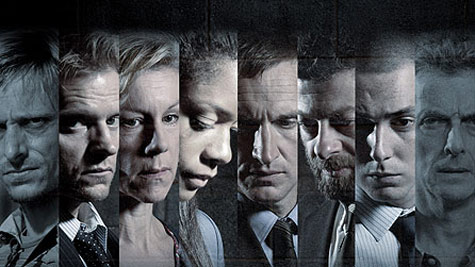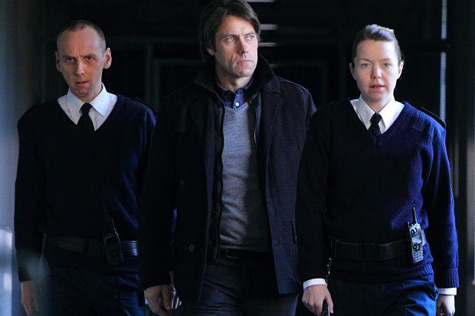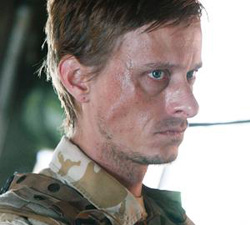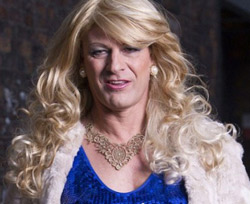
At times, Britain’s chief export would seem to be well-crafted television shows in the suspense line. From across the pond, we’ve been given Prime Suspect, Public Enemies, Waking the Dead, and the recent Sherlock. Additionally, we have the mysteries of Inspectors Lewis, Lynley, and Luther (and even some inspectors whose names don’t start with L.)
In the midst of this British Invasion, one series that has perhaps fallen under the radar—despite its excellent writing, impressive acting, and intelligent approach—is the anthology series Accused. Created by Edgar Award-winning writer Jimmy McGovern, it ran two seasons from 2010 to 2012 on BBC for a total of ten hour-long episodes. The series won the International Emmy Award for Best Drama. The fact that it was short-lived (though not for lack of acclaim) makes for an easily consumable packet of probable causes.
Accused is touted as an anthology, rather than a connected series, since each episode follows the ordeal of a different protagonist. Except for one story in the second season, there are no overlapping primary characters. The tale usually kicks off with the defendant (occasionally multiple defendants) being led into court after their trial to await the jury’s verdict. Many stalwarts of British stage and screen appear, including Sean Bean, Andy Serkis, Juliet Stevenson, Naomie Harris, and Christopher Eccleston.
We know the accused has obviously committed some act that has led to this juncture, and is soon to learn his or her fate. What we don’t know is what crime he/she has been accused of or who the victim of that crime might be. The narrative structure then brings us back to the events that led up to the trial. We start off in common settings—a kitchen, a taxi, a pub—with people going about their everyday business. The tension arises from the fact that we know, in some as yet unimagined way, things are going to go south. Badly.

One clever conceit of the series is that we’re sometimes misled as to what the inevitable crime will be or, for that matter, who’ll be the victim of it. Now and again, in the course of the flashback storyline, we hop forward to the impending verdict scene. The camera might then pick up someone in the courtroom who we might not have bet would be alive and in attendance. I, for one, in the run of the series, was certainly kept on my toes.
It should be noted that these stories have nothing playful, light or glib about them. They are dramas—realistically executed ones—not just tricky plot-twisters. There’s a certain there-but-for-fortune quality to them as we follow the tragic roads that lead our protagonists to their outcomes. It’s easy, in most cases, to really believe that these events could have played themselves out. There’s not much rubber stamp villainy here; there are plenty of terrible choices and dark nights of the soul.

The cases involve such topics as gang violence, industrial cover-up, compulsive gambling, revenge, obsession, betrayal, and family dissolution. Whatever the particular plot, at its core lies a cautionary tale of how life can spin inalterably out of control in a single impulsive moment. While justice is generally served, not all the verdicts are necessarily what we might have hoped for.
The series is not without its controversies, most notably series 1’s “Frankie’s Story,” which focuses on institutional bullying among troops stationed in Afghanistan. Some argued that it misrepresented reality and did a disservice to those in the military. In response, writer McGovern stated that his intent was to explore the mindset of men trained to kill and that it was not his intention to slur British soldiers. Controversy aside, I felt this episode, while compelling, missed out on some of the nuance and depth of the rest of the series.

Accused can presently be purchased, rented, or found online. I suggest avoiding detailed write-ups of the individual episodes and, instead, follow the twists and turns of each story as they unwind. Two seasons. Ten trials. Ten wrong paths.
Michael Nethercott is a playwright and writer of traditional mysteries whose O’Nelligan and Plunkett tales appear periodically in Alfred Hitchcock’s Mystery Magazine. His first novel featuring this 1950s detective duo, The Séance Society, will be released in October 2013 by St. Martin’s Press.
